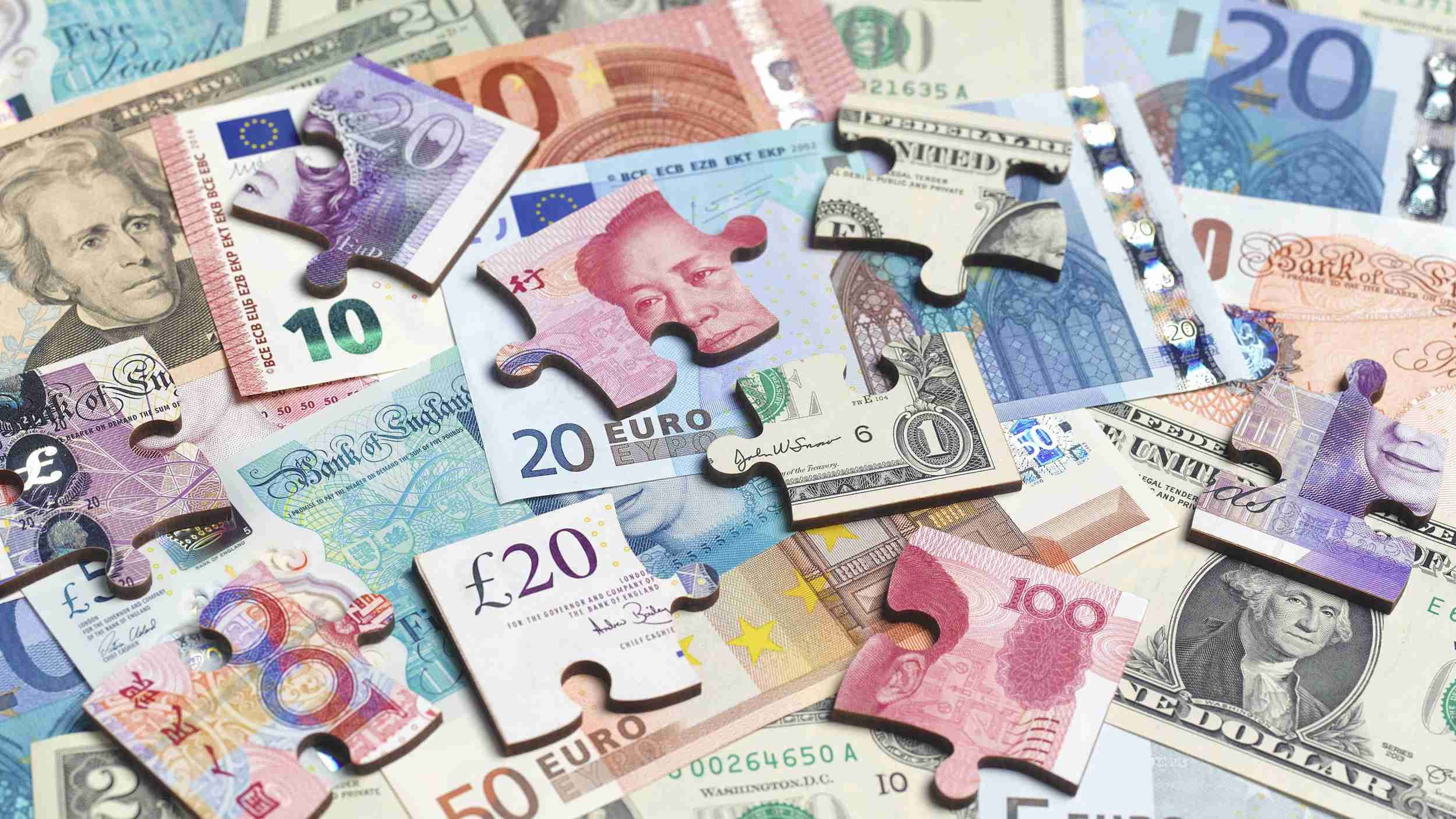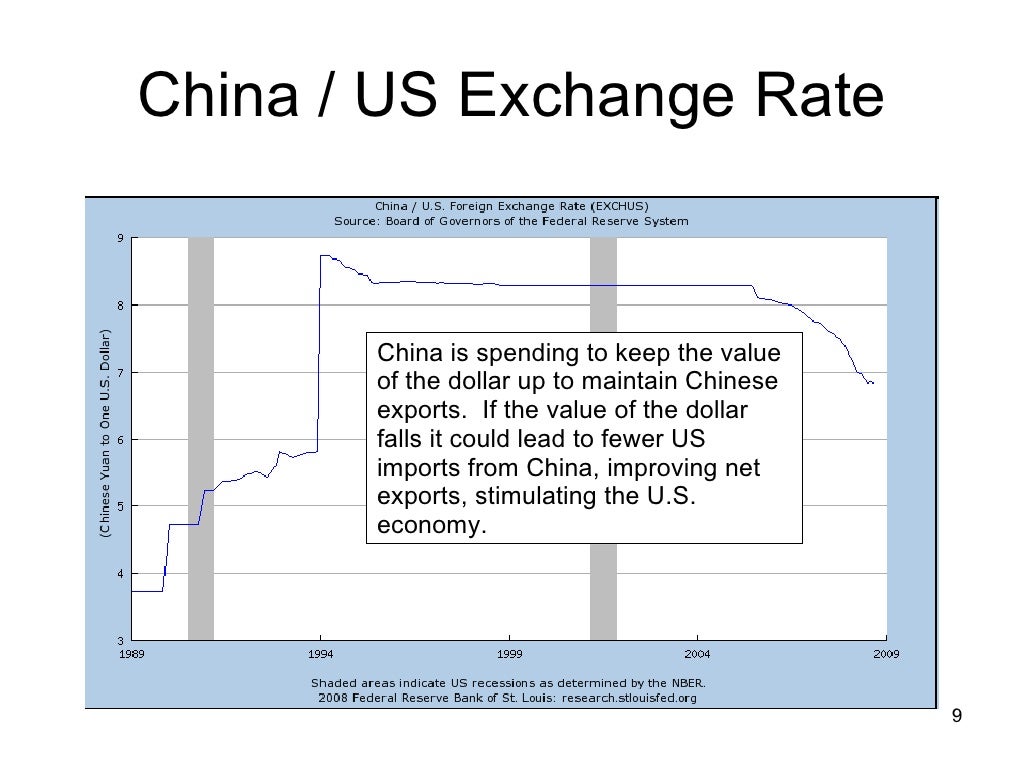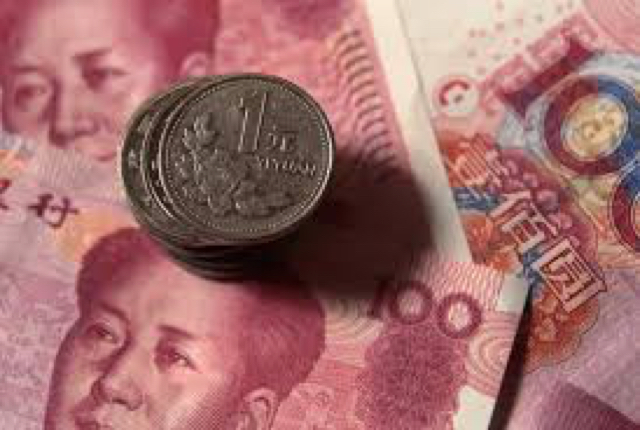

But this mechanism is cumbersome and intransparent.Ĭhina’s hands have been tied for more than a decade by the inflexibility of the exchange rate, which is one of the most important - if not the most important - prices. The PBC likely hopes that this mechanism will help stabilise the RMB exchange rate and gradually release depreciation pressures. On the other hand, the PBC often has to intervene against market pressure. On the one hand, the central parity rate-setting rule makes it impossible for the RMB to truly be pegged to a basket of currencies because of the incorporation of the closing rate into the determination of the RMB central parity rate. It is not worth the costs to continue with an exchange rate regime that is not based on market demand and supply. Within two years of 2014, China’s foreign exchange reserves fell by an astronomical US$1 trillion.Ĭhina should stop designing any exchange rate regimes that need regular government intervention, as these policies lead to market distortion and national wealth losses. When the RMB is under devaluation pressure, the stability of the currency actually encourages the unwinding of hot money and facilitates capital flight. As a poor developing country, China accumulated some US$4 trillion of foreign exchange reserves. While undervaluation is conducive to China’s export drive and economic growth, it leads to a misallocation of resources across borders. For a long time, the RMB was undervalued. This stabilisation was driven by international and domestic factors and cannot be attributed to the success of the new central parity price–setting rule.Ĭhina’s exchange rate policy is characterised by a fear of floating. The RMB exchange rate started to stabilise after 2017. Speculators face more risks, but PBC still needs to spend foreign exchange reserves to achieve the central bank’s preferred exchange rates when facing devaluation pressure in the market. The two-way fluctuations are only partially market-driven and thus cannot be sustained. The central bank is pleased that the new mechanism brings uncertainty, as this can curb shorting activities and reduce depreciation pressure on the RMB.īut this new pricing mechanism will not clear the market. No one can figure out tomorrow’s RMB central parity rate until the opening of the market when the theoretical RMB exchange rate can be calculated based on the information available on the dollar index. The uncertainty of the RMB central parity rate determination has increased significantly. If the dollar index has fallen over the past 24 hours, the rise in the theoretical RMB exchange rate could more than fully offset the impact of the fall in the previous day’s closing rate on today’s RMB central parity rate.

The new rule can slow the pace of devaluation because the determination of the next day’s central parity rate will take into account changes in the dollar index.

It is only when market pressures on the RMB coincides with the needed changes in the RMB exchange rate can the current day’s RMB exchange rate against the dollar be set without the need for PBC to intervene in the foreign exchange market. But this is essentially mission impossible. This arrangement is intended to achieve exchange rate stability and minimise the use of foreign exchange reserves. According to the new rule, the RMB exchange rate with the US dollar was determined by the previous day’s closing price and the needed change in the current day’s RMB exchange rate against the dollar, which in turn is determined by the difference between the theoretical value that can keep the index of a given currency basket over the previous 24 hours (later it was changed into 15 hours) unchanged and the previous day’s closing price. Later, the PBC introduced a new central parity rate-settling mechanism. Due to a misjudgement of market sentiment at the time and bad luck, the reform experiment caused market panic and, as a matter of fact, the reform was quickly halted. On 11 August 2015, the People’s Bank of China (PBC) took a decisive step towards floating the renminbi (RMB) exchange rate. Until 2015, China had a crawling-peg-like arrangement. Economics, Politics and Public Policy in East Asia and the PacificĬhina has had an inflexible exchange rate regime for many decades.


 0 kommentar(er)
0 kommentar(er)
